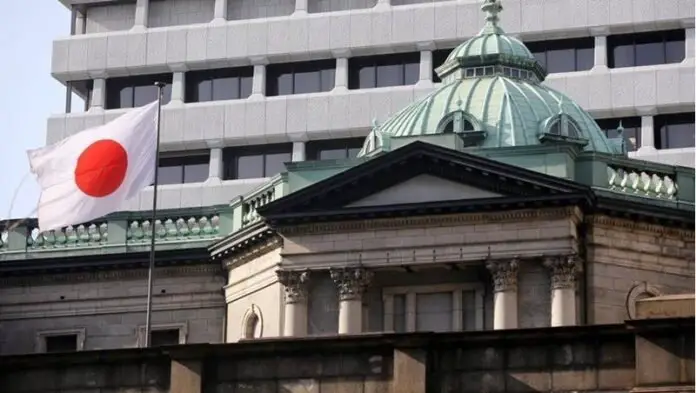Staff Reporter
Japanese government bond yields surged on Thursday, with the 10-year JGB yield reaching its highest level since June 2009, driven by a global sell-off in bonds.
The yield on the 10-year JGB increased nearly 8 basis points, surpassing 1.5% for the first time in over a decade. Meanwhile, the 30-year bond yield climbed 13 basis points, breaching the 2.5% mark for the first time since 2008.
Masahiko Loo, senior fixed income strategist at State Street Global Advisors, noted that the sell-off in JGBs coincided with rising global yields. The U.S. 10-year Treasury yield also rose by 5 basis points to 4.317%.
Yujiro Goto, head of FX strategy at Nomura, indicated that current supply and demand dynamics are unfavorable for the JGB market, highlighting a significant increase in European government bond yields.
“Investors now expect the EU and German governments to ramp up fiscal spending, which is contributing to upward pressure on global bond yields,” he explained.
The yield on Germany’s 10-year bonds surged to its highest point since October 2023, reaching 2.8%.
This spike was influenced by comments from Bank of Japan Deputy Governor Shinichi Uchida, who indicated that the central bank is likely to raise interest rates in line with prevailing views among financial markets and economists.
Investors, particularly Japanese banks, are adopting a cautious approach with limited risk appetite as the financial year draws to a close in March, alongside ongoing expectations of a Bank of Japan (BOJ) rate-hiking cycle, according to Masahiko Loo.
In a previous statement, Uchida noted that the BOJ plans to continue tapering its government bond purchases despite rising yields. The central bank began normalizing its ultra-loose monetary policy last year, committing to reduce JGB purchases by about 400 billion yen each quarter.
Japan’s headline inflation has remained above the BOJ’s 2% target for the past 34 months, with the latest figure in January hitting a two-year high of 4%.
The “core-core” inflation rate, which excludes fresh food and energy prices and is closely monitored by the BOJ, also rose slightly to 2.5% in January, marking its highest level since March 2024.
This uptick in inflation raises expectations for additional rate hikes by the BOJ, contributing to the increase in bond yields.

